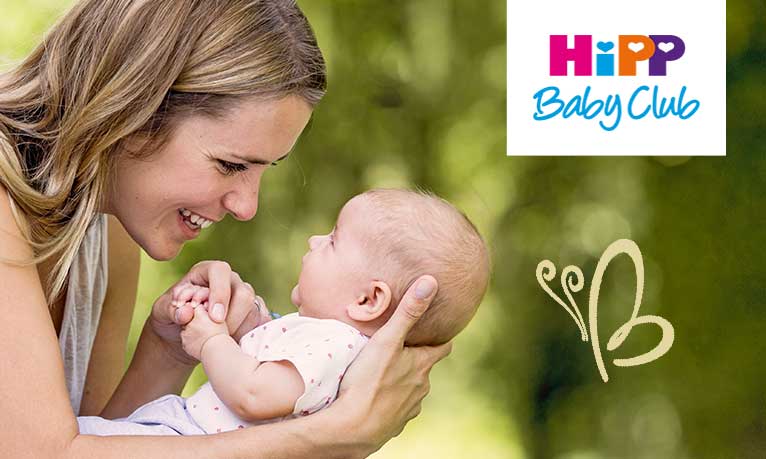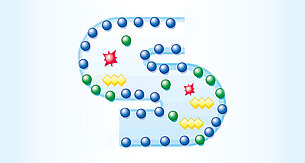Why should parents be concerned about even very low levels of pesticide exposure in children

Can a little pesticide residue in conventional food be unsafe for a young child
Even low levels of pesticide exposure may affect children’s health and development including their neurological and behavioral development.1-4
This is because when it comes to pesticides, the traditional belief of “The dose makes the poison” does not apply. For some pesticides, even a very low dose produces a high level of toxicity or health harm.
Conventional food and drink may contain pesticide residue. Even if each of these pesticides may be below the acceptable daily intake, studies demonstrate that the combination of pesticides can exert a more potentially toxic and damaging effect than when each of these act separately.5
Throw in to the mix the critical period of the first five years when children are more vulnerable and it quickly becomes clear that it is much more than the “dose” that determines how much harm pesticide exposure will cause.6
For your peace of mind, choose organic to reduce your child’s exposure to pesticide residue from dietary intake. Your child is worth it!
When you choose organic milk supplement for your young child, you can have the peace of mind and confidence that you have done your best in keeping your child’s nutrition free from unwanted neurotoxic pesticide residues and in helping support his brain development to last a lifetime.
At HiPP, we put children in the center of attention with our highest standards of purity and safety right from the start. Backed by more than 120 years of expertise in child nutrition and having pioneered organic farming, HiPP Organic Combiotic® uses only our purest organic ingredients produced free from chemical synthetic pesticides and GMOs. Give your child HiPP Organic Combiotic®. Help optimize your child’s brain development with pure and safe nutrition.
Reference:
1Liu J, Schelar E. Pesticide exposure and child neurodevelopment: summary and implications. Workplace Health Saf. 2012 May;60(5):235-42; quiz 243. doi: 10.1177/216507991206000507. PMID: 22587699; PMCID: PMC4247335.
2Selevan, S.G., C.A. Kimmel and P. Mendola. “Identifying critical windows of exposure for children’s health.” Environ Health Perspect. June 2000 108(Suppl 3): 451–455. See http://www.ncbi.nlm.nih.gov/pmc/articles/PMC1637810/.
3Rauh, V. A., F. P. Perera, M. K. Horton, R. M. Whyatt,R.Bansal, X. Hao, et al. “Brain Anomalies in Children Exposed Prenatally to a Common Organophosphate Pesticide.” Proceedings of the National Academy of Sciences. May 2012 109 (20): 7871-6. See http://www.pnas.org/cgi/doi/10.1073/pnas.1203396109.
4Horton, M.K., L.G. Kahn, F. Perera, D.B.Barr and V. Rauh. “Does the Home Environment and the Sex of the Child Modify the Adverse Effects of Prenatal Exposure to Chlorpyrifos on Child Working Memory?” Neurotoxicology and Teratology. July 2012. http://linkinghub.elsevier.com/retrieve/pii/S0892036212001389.
5Leu, André. Poisoning Our Children: The Parent’s Guide to the Myths of Safe Pesticides. Acres USA, 2018. https://www.ecofarmingdaily.com/eco-farming-index/poisoning-children-pesticide-residues/
6Vandenberg, L., T. Colborn, T. Hayes, J. Heindel, D. Jacobs, D.H. Lee, et al. “Hormones and Endocrine-Disrupting Chemicals: Low-Dose Effects and Nonmonotonic Responses.” Endocrine Reviews. March 2012 33(3): 378-455.




